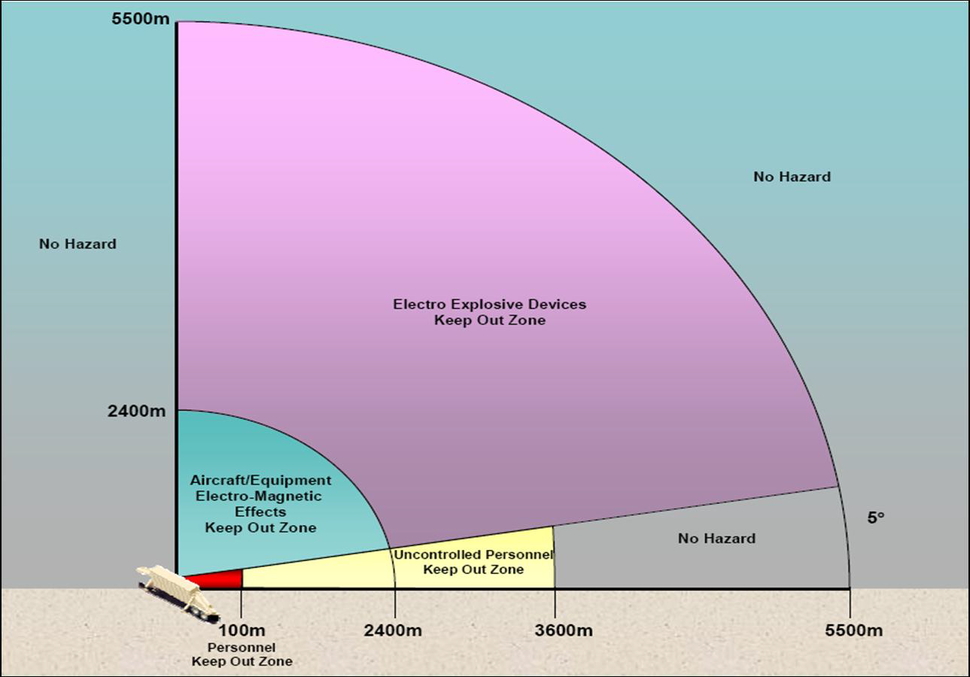
Fierce debate about dangerous electromagnetic waves emitted by South Korea's new THAAD radar

Following the South Korean government’s sudden announcement earlier this month of the deployment site for the US military’s THAAD missile defense system, there has been a fierce debate about the electromagnetic waves emitted by the THAAD radar.
While the government has used a variety of strategies in a public relations campaign designed to convince residents of Seongju County that the electromagnetic waves are of no concern, this does not appear to be much consolation for the people who will have the radar base in their backyards.
Electromagnetic waves move at the speed of light during the regular oscillation of electric fields and magnetic fields. The word “electromagnetic wave” has probably reminded many people of the harmful ELF (extremely low frequency) electromagnetic waves that are produced by power lines and household appliances such as electric blankets and televisions. But electromagnetic waves are in fact an extensive category including the various frequencies used in broadcasting and telecommunications and even sunlight.
THAAD’s eye is the AN/TPY-2(TM) radar, which identifies targets by shooting a beam of electromagnetic waves into the area under observation and detecting any waves that bounce back.
The X-band is used around the world not only by military radars but also by radars on civilian vessels, radars for meteorological observations, the radar guns that police point at speeding cars and ham radio operators.
Experts are reluctant to answer questions about safety
The US army’s instruction manual for the AN/TPY-2(FBM) states that the radar’s range for detecting an enemy missile prior to the intermediate stage of its trajectory is at least 1,000km. The AN/TPY-2(FBM) and the AN/TPY-2(TM) radars have the same hardware, and only their software is different, the manual explains.
Following the South Korean government’s sudden announcement earlier this month of the deployment site for the US military’s THAAD missile defense system, there has been a fierce debate about the electromagnetic waves emitted by the THAAD radar.
While the government has used a variety of strategies in a public relations campaign designed to convince residents of Seongju County that the electromagnetic waves are of no concern, this does not appear to be much consolation for the people who will have the radar base in their backyards.
Electromagnetic waves move at the speed of light during the regular oscillation of electric fields and magnetic fields. The word “electromagnetic wave” has probably reminded many people of the harmful ELF (extremely low frequency) electromagnetic waves that are produced by power lines and household appliances such as electric blankets and televisions. But electromagnetic waves are in fact an extensive category including the various frequencies used in broadcasting and telecommunications and even sunlight.
These electromagnetic waves are X-band microwaves with a frequency of 8 to 12 GHz (gigahertz) and a wavelength of 2.5 to 3.75 cm. The X-band falls between the C-band (4-8 GHz) and the Ku-band (12-18 GHz), as defined by the Institute of Electrical and Electronics Engineers (IEEE).
The X-band is used around the world not only by military radars but also by radars on civilian vessels, radars for meteorological observations, the radar guns that police point at speeding cars and ham radio operators.
The microwaves created in the THAAD radar’s electromagnetic wave generator pass through an amplifier and are then released toward the target area through the antenna. While data has not been made public about the output of the antenna that determines the strength of the radar’s electromagnetic waves, it must be very strong, given THAAD’s detection range.
Customer support service by UserEcho
